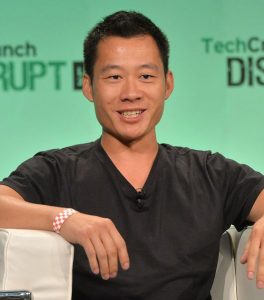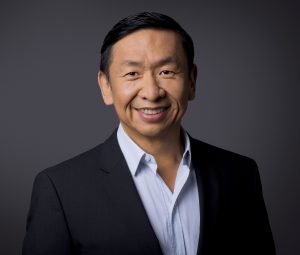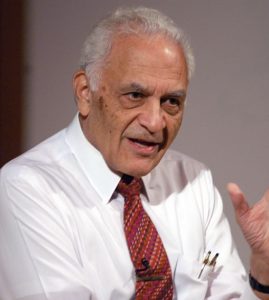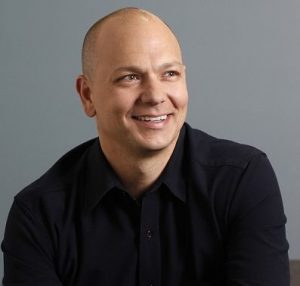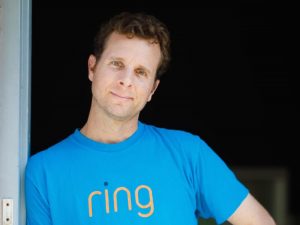Charles Wang: The Software’s Tough Guy and the Co-founder of CA Technologies
Some people are born with leadership qualities, and some grow them with experience. For the founder of CA Technologies, Charles B. Wang, the case might be both. Despite many controversies, he stands out to be a strong leader, who led his company to new horizons. This visionary was not only a great entrepreneur but also guided many for mastering technology with the books he wrote, i.e. Techno Vision and Techno Vision II.
Wang was born on 19 August 1944, in Shanghai, China, to Kenneth Wang and Mary Wang. His father was a judge at the Supreme Court in the Republic of China. Wang was eight when his parents brought him and his two brothers, Anthony W. Wang and Francis Wang, to Queens, New York.
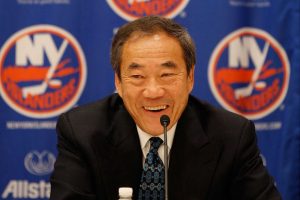
After coming to the U.S., Wang joined the Brooklyn Technical High School in Fort Greene, Brooklyn. And after completing his high school, he entered Queens College to pursue a Bachelor’s degree in Science. Later, Wang joined the Columbia University’s Riverside Research Institute, after answering a help-wanted job ad for a computer programmer. Though he had never studied programming and coding, for the job, he self-taught himself the programming languages.
In the 1960s, while working at the Columbia University, Wang became familiar to a fellow colleague, Russell M. Artzt. Russell was working at the Electronic Laboratories of the University. The two shared a common interest, i.e. computers and became good friends. Later, the two joined the same company to work in, i.e. Standard Data.
In 1989, when IBM separated its hardware sales division from its software division, the other companies got the chance to launch their products in the market. At the same time, Wang and Russell both saw an opportunity in the same and started building software products to sell in the market.
After gaining much experience in the field, the two co-founded Computer Associates International, in 1976. For the venture, the two partnered with Sam Goodner and Max Sevcik of Swiss Company Computer Associates and got the North American distribution rights for CA-Sort. Wang became the CEO of the company, whereas Russell served as the co-president of the company.
The venture was established with the credit card money, but soon, Wang’s leadership took the company to the new heights of success. Soon the company became the first enterprise software company to provide multi-platform products and one of the largest independent software vendors.
The credits for the success of the company is given to the strict methodology Wang used for hiring the candidates for the Computer Associates International. He would look for the capabilities of the candidate and depending upon the performance he would promote or demote the employees. The good employee’s got early promotions whereas the employees with performance below average got fired at once.
In 1989, Computer Associates was the second software-only company that generated $1billion annual revenue. In the late 90s, the company started working towards improving its own products and their compatibility with the products of the other companies.
In the years 1994 to 1998, Wang was the highest paid CEO in the U.S., with having earned a $700 million stock in1998. During the same time, the company was heading towards acquisitions, starting with ASK Group in 1994. By the year 2000, Computer Associates had acquired over 200 companies. In the same year, Wang resigned from the post of CEO in Computer Associates remaining the member of the board of the company till 2002.
Along with being the co-founder of CA Technologies, Wang is also known as a philanthropist and the majority owner of the New York Islanders hockey franchise. Initially, Wang had a minority share in the Islanders, and in 2000, he became the part-owner of the hockey franchise. From 2001 to 2016 he was the majority owner of Islanders.
In 2004, he acquired the original Iowa Barnstormers Arena Football League franchise and for some superstitious reasons, renamed it to New York Dragons.
In 1999, Wang founded the Charles B. Wang Foundation, a charitable organisation dedicated to bettering the lives of children and the disenfranchised. Along with his own foundation, he has worked with the World Childhood Foundation and the National Center for Missing and Exploited Children. He also donated to the Chinatown Health Clinic, which was later renamed as Charles B. Wang Community Health Center.
Till his death on October 21, 2018, at the age of 74, he lived in his Cove Neck mansion, on the Gold Coast of Long Island. Wang was suffering from lung cancer, which became the cause of his death.

Yashica is a Software Engineer turned Content Writer, who loves to write on social causes and expertise in writing technical stuff. She loves to watch movies and explore new places. She believes that you need to live once before you die. So experimenting with her life and career choices, she is trying to live her life to the fullest.


